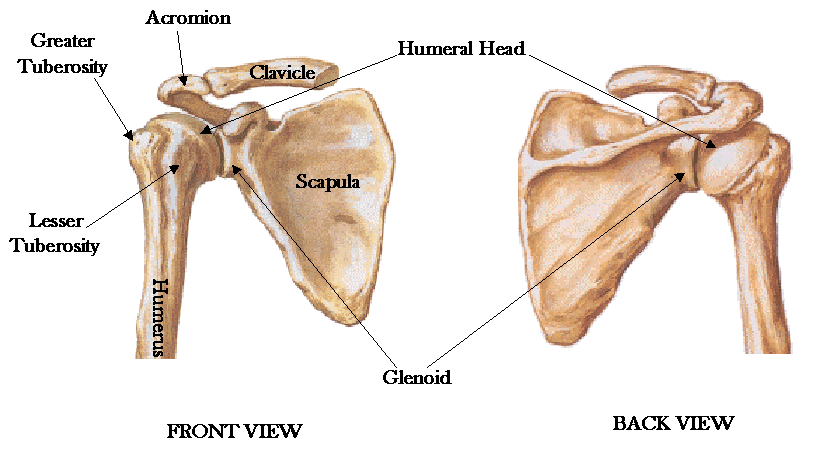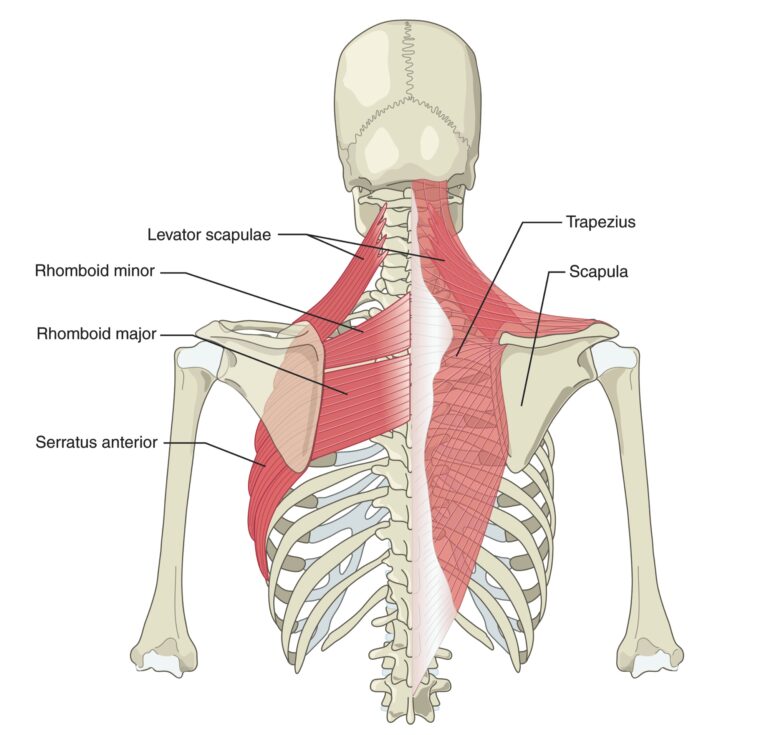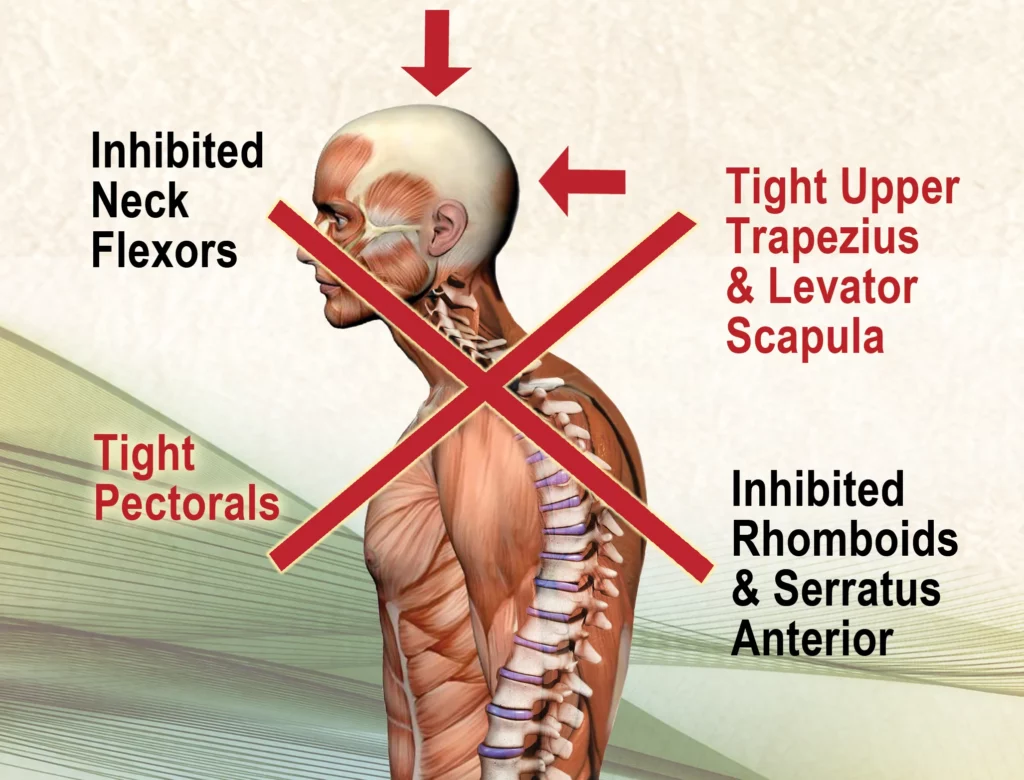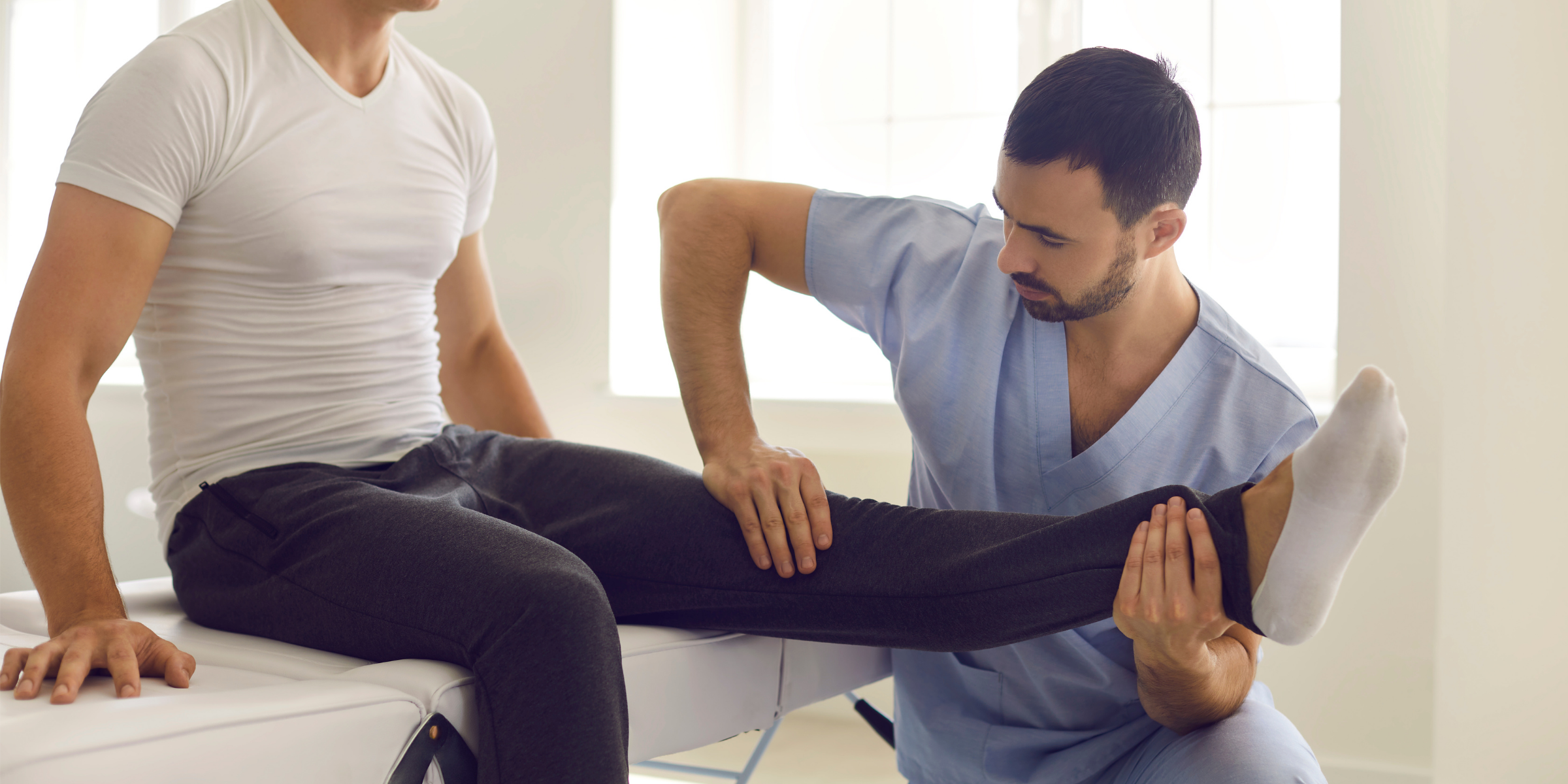In today’s digital age, poor posture has become an epidemic, giving rise to various problems like chronic back and shoulder pains. Numerous people, particularly those engaged in desk-bound occupations, are susceptible to posture-related complications. The prevalence of gadgets and prolonged screen usage further compounds this issue. The key to avoiding these issues lies in strengthening the scapulas, an essential aspect of postural correction and overall back health.

Understanding Scapulas and Their Role in Posture
Before delving into the exercises, it’s crucial to understand the scapulas‘ role in maintaining proper posture and preventing chronic pain. The scapulas, also known as shoulder blades, are part of the shoulder girdle, which includes the clavicle, humerus, and scapula.

Muscles and Biomechanics: The Foundation of Scapular Strength
To effectively address back pain and posture, it’s essential to focus on the muscles that act on the scapula. These muscles include the rhomboids, trapezius, levator scapula, and serratus anterior, and they play a pivotal role in maintaining shoulder strength and preventing chronic pain.

Understanding the biomechanics of the scapula is equally important. These shoulder blades work in tandem with the clavicle and humerus to enable smooth shoulder movement.

Function of Scapula: Beyond Mobility
The scapula is not merely mobile component of the shoulder. They play a crucial role in postural correction by pulling anterior-rotated shoulders back, lowering shrugged shoulders, and preventing kyphosis, a common cause of chronic back pain.
Common Injuries and the Importance of Prevention
Chronic pain often arises from poor posture and weakened scapulas. Two common conditions associated with these issues are Upper Cross Syndrome and impingement.
- Upper Cross Syndrome: This condition involves tightness in muscles like the pectorals, upper traps, and levator scapula, paired with inhibition of the rhomboids, serratus anterior, and neck flexors.
- Impingement: Impingement occurs when tendons or bursa within the shoulder girdle are pinched, primarily due to poor posture.

Exercises for Scapular Strengthening and Pain Prevention
Now, let’s focus on practical exercises that can strengthen your scapulas, improve posture, and alleviate back and shoulder pain. Incorporate these exercises into your daily routine for maximum benefits:
- Banded Scapular Row: This exercise targets the rhomboids and traps, aiding in back strengthening and pain prevention.
- Scapular Strength Exercises (I’s, Y’s, T’s): These exercises work on various scapular muscles, promoting shoulder strength and proper alignment.
- Banded W Wall Slides: This exercise enhances scapular mobility, a crucial aspect of postural correction.
Who Can Benefit from Scapular Strengthening and Kinesiology?
Scapular strengthening through kinesiology exercises can benefit a wide range of individuals, including those who spend long hours sitting at desks, professionals in trades and mechanics, teenagers addicted to their devices, and athletes involved in activities such as throwing (e.g., baseball, cricket) and swimming.
In conclusion, addressing poor posture and chronic pain is achievable through scapular strengthening and postural correction exercises. By incorporating these exercises into your daily routine and staying mindful of your posture, you can alleviate chronic pain, prevent further injuries, and maintain a healthy, pain-free back and shoulders.





